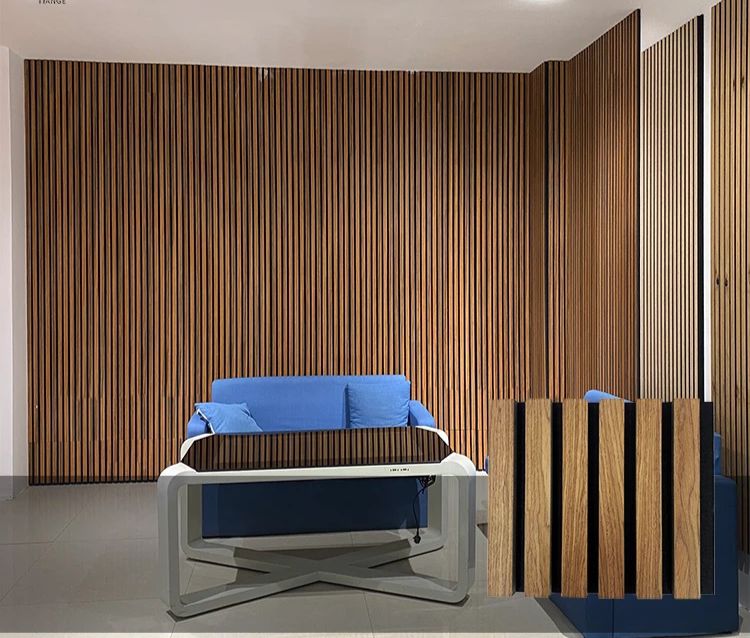Choosing the Best Roofing Installation in Los Angeles for a Durable Home
Your Roof is More Than Just Shelter—It’s Your Home’s Protection
A strong and reliable roof is one of the most important parts of any home or commercial building. It protects you from rain, sun, wind, and everything in between. But in a place like Los Angeles, where the weather can be unpredictable, a high-quality roofing installation is not just a choice—it’s a necessity.
If you’re looking for the best roofing installation in Los Angeles, you’re in the right place. In this guide, we’ll walk you through everything you need to know about getting the perfect roof for your home, from choosing the right materials to hiring expert contractors.
What Makes a Roofing Installation in Los Angeles Different?
Unlike other cities, roofing installation in Los Angeles needs to withstand:
- Intense Heat – The California sun can cause roofs to crack and fade over time.
- Heavy Rains – When it does rain, it can lead to leaks if the roof isn’t properly installed.
- Strong Winds – Santa Ana winds can damage weak or poorly secured roofs.
- Earthquakes – Los Angeles is earthquake-prone, so roofs need to be built to withstand tremors.
Because of these challenges, choosing the right roofing contractor is not just about looks—it’s about durability, safety, and long-term investment.
The Best Roofing Materials for Los Angeles Homes
When it comes to roofing installation in Los Angeles, choosing the right material is key. Here are the most popular options and their benefits:
Asphalt Shingles (Most Popular)
- Affordable & Easy to Install – Great for homeowners on a budget.
- Various Styles & Colors – Can match any home design.
- Moderate Durability – Lasts around 20-30 years with proper maintenance.
Metal Roofs (Modern & Stylish)
- Reflects Heat – Keeps your home cool during hot summers.
- Long Lifespan – Can last 40-70 years.
- Fire-Resistant – A great choice for wildfire-prone areas.
Tile Roofs (Classic Spanish Look)
- Highly Durable – Can last up to 100 years.
- Energy-Efficient – Keeps homes cool in summer and warm in winter.
- Heavy – Requires a strong foundation to support the weight.
Flat Roofs (Best for Modern Homes & Commercial Buildings)
- Easy Maintenance – No slopes mean easy access for repairs.
- Ideal for Solar Panels – Many Los Angeles homeowners prefer this for energy efficiency.
- Not Ideal for Heavy Rain – Water can pool if not properly installed.
Step-by-Step Guide to a Perfect Roofing Installation
If you’re planning a roofing installation in Los Angeles, here’s how the process works:
1. Roof Inspection & Consultation
A professional roofer will check your current roof, take measurements, and discuss your options. This step ensures you choose the right materials and design.
2. Choosing the Right Materials
Select a roofing material based on your budget, home style, and durability needs.
3. Getting Permits & Approvals
Los Angeles has strict building codes, so make sure your roofing contractor handles all necessary permits.
4. Preparing Your Home
Before installation, clear the surrounding area and cover furniture to protect it from dust and debris.
5. Roof Installation Begins
The old roof is removed, and the new one is installed. A good contractor will ensure proper sealing and ventilation to prevent leaks and heat buildup.
6. Final Inspection & Clean-Up
Once the installation is complete, a thorough inspection ensures everything is secure and up to code. The contractors should also clean up any leftover materials and debris.
How to Choose the Best Roofing Contractor in Los Angeles
Finding the right contractor is just as important as choosing the right materials. Here’s how to make sure you hire the best:
✅ Check Their Credentials
- Are they licensed and insured?
- Do they follow Los Angeles building codes?
✅ Read Reviews & Testimonials
- What do past customers say about them?
- Do they have high ratings on Google or Yelp?
✅ Ask About Warranties
- Do they offer a warranty on materials and labor?
- What happens if there are issues after installation?
✅ Get a Detailed Quote
- Does the quote include materials, labor, and cleanup?
- Are there any hidden fees?
Frequently Asked Questions About Roofing Installation in Los Angeles
Q: How long does a roofing installation take?
A: It depends on the size of your home and the materials used. Most installations take between one to three days.
Q: When is the best time to install a roof in Los Angeles?
A: Spring and fall are ideal since there’s less rain and moderate temperatures.
Q: How much does roofing installation in Los Angeles cost?
A: The cost varies based on materials and home size. On average:
- Asphalt shingles: $5,000 – $10,000
- Metal roofs: $10,000 – $20,000
- Tile roofs: $15,000 – $30,000
Q: Can I install a new roof over my old one?
A: It’s possible, but not recommended. Removing the old roof ensures better durability and prevents hidden damage from being ignored.
Q: How often should I inspect my roof?
A: At least twice a year (spring and fall) and after major storms.
Why Now is the Best Time for Roofing Installation in Los Angeles
If you’ve been putting off roofing installation in Los Angeles, now is the perfect time. A damaged or outdated roof can lead to bigger problems like leaks, mold, and energy loss. Plus, installing a new roof can increase your home’s value, improve insulation, and give your home a fresh, new look.
Ready to protect your home with a high-quality roof? Contact a trusted roofing contractor today and take the first step toward a safer, more durable home.
Read More